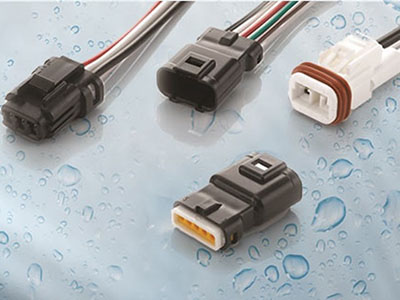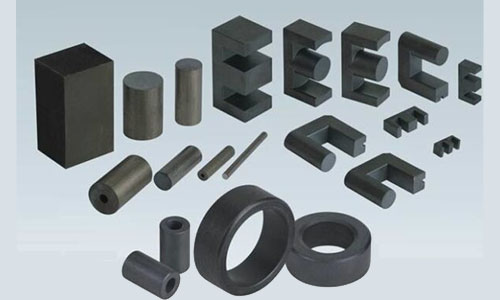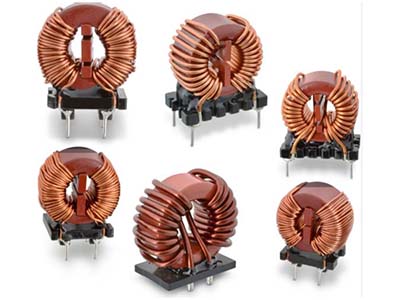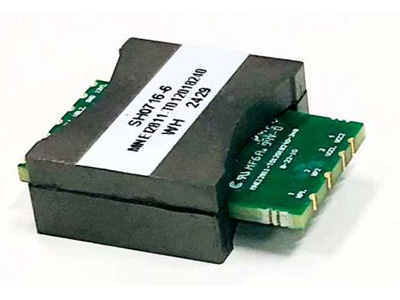Crystal Oscillator: The Heartbeat of Electronic Devices
1. Understanding Crystal Oscillators
1.1 What is a Crystal Oscillator?
A crystal oscillator works like a precision metronome for electronics, using quartz vibrations to generate stable timing signals. This "electronic heartbeat" ensures:
- 1000x higher accuracy than mechanical clocks
- Universal applications: smartphones (SMD type), industrial equipment (DIP type), satellites
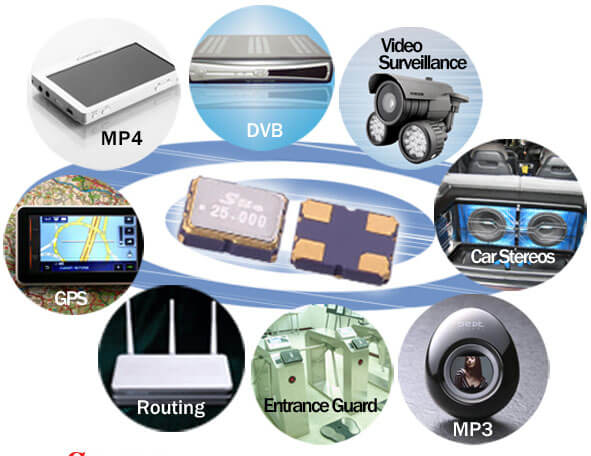
Common Types Comparison:
| Category | Examples | Key Features |
|---|---|---|
| Material | Quartz vs. Ceramic | Quartz: ±10ppm accuracy |
| Package | Surface-Mount (SMD) | Rice-sized for smartphones |
| Power Mode | Active vs. Passive | Active: Built-in driver circuit |
2. Five Core Functions
2.1 Timekeeping Guardian
The 32.768kHz oscillator maintains device clocks – your phone's time accuracy depends on this tiny component.
2.2 System Conductor
A computer's CPU speed derives from oscillator frequency:
- Base 16MHz → Boosted to 3.2GHz via circuits
2.3 Data Traffic Controller
USB ports rely on 12MHz oscillators to manage 480Mbps data flow. Failure causes unrecognized devices.
2.4 Multimedia Director
- Audio systems: 24.576MHz for sound decoding
- Displays: 27MHz controls screen refresh rates
2.5 Network Gatekeeper
Router 25MHz oscillators ensure stable internet – failures may cause lag or disconnection.
3. Failure Diagnosis Guide
3.1 Computer Issues
- No Power: Main oscillator failure (like cardiac arrest)
- Wrong Time: Cylindrical 32.768kHz oscillator defect
- USB Dead: Test 12MHz oscillator near ports
3.2 Appliance Problems
| Device | Symptom | Check Component |
|---|---|---|
| Smart TV | Frozen frames | Display module oscillator |
| AC Remote | Unresponsive buttons | 38kHz infrared oscillator |
3.3 Automotive Electronics
- Black dashboard: CAN bus oscillator failure
- False parking alerts: Ultrasonic sensor oscillator issue
4. Maintenance & Prevention
4.1 Handling Basics
Three Golden Rules:
- Avoid disassembly – Static electricity kills components
- Gentle connections – Especially USB/memory devices
- Regular use – Prevents capacitor aging
4.2 Environmental Protection
| Threat | Damage Example | Solution |
|---|---|---|
| Thermal shock | Crystal cracks | Gradual temperature change |
| Strong EMI | Signal distortion | Keep away from microwaves |
| Humidity | Pin corrosion | Use silica gel packets |
5. Next-Gen Innovations
- Shockproof oscillators: Rubber casing survives 3ft drops
- Self-healing models: Auto-adjust capacitance over time
- Laser-based units: 1000x precision using light waves
Pro Tip: When devices malfunction, listen with a screwdriver – a healthy oscillator produces faint ticking (like a watch).
This guide transforms technical concepts into everyday analogies, helping users identify and understand electronic "heart" issues. Bookmark this page to become your gadgets' cardiologist!
Shenzhen Gaorunxin Technology Co., Ltd






